
Angela Anaïs Juana Antolina Rosa Edelmira Nin y Culmell was a French-born American diarist, essayist, novelist, and writer of short stories and erotica. Born to Cuban parents in France, Nin was the daughter of the composer Joaquín Nin and the classically trained singer Rosa Culmell. Nin spent her early years in Spain and Cuba, about sixteen years in Paris (1924–1940), and the remaining half of her life in the United States, where she became an established author.

Henry Valentine Miller was an American novelist, short story writer and essayist. He broke with existing literary forms and developed a new type of semi-autobiographical novel that blended character study, social criticism, philosophical reflection, stream of consciousness, explicit language, sex, surrealist free association, and mysticism. His most characteristic works of this kind are Tropic of Cancer, Black Spring, Tropic of Capricorn, and the trilogy The Rosy Crucifixion, which are based on his experiences in New York City and Paris. He also wrote travel memoirs and literary criticism, and painted watercolors.
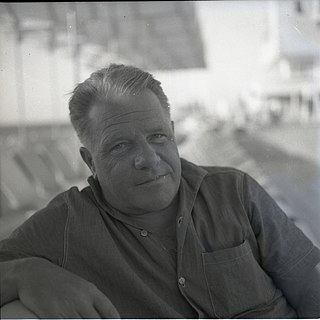
Lawrence George Durrell was an expatriate British novelist, poet, dramatist, and travel writer. He was the eldest brother of naturalist and writer Gerald Durrell.
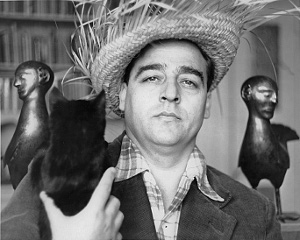
Kenneth Patchen was an American poet and novelist. He experimented with different forms of writing and incorporated painting, drawing, and jazz music into his works, which have been compared with those of William Blake and Walt Whitman. Patchen's biographer wrote that he "developed in his fabulous fables, love poems, and picture poems a deep yet modern mythology that conveys a sense of compassionate wonder amidst the world's violence." Along with his friend and peer Kenneth Rexroth, he was a central influence on the San Francisco Renaissance and the Beat Generation.
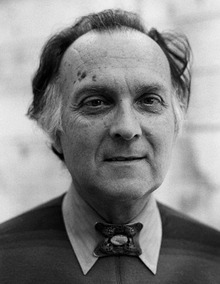
Robert Edward Duncan was an American poet and a devotee of Hilda "H.D." Doolittle and the Western esoteric tradition who spent most of his career in and around San Francisco. Though associated with any number of literary traditions and schools, Duncan is often identified with the poets of the New American Poetry and Black Mountain College. Duncan saw his work as emerging especially from the tradition of Pound, Williams and Lawrence. Duncan was a key figure in the San Francisco Renaissance.

Philip Lamantia was an American poet, writer and lecturer. His poetry incorporated stylistic experimentation and transgressive themes, and has been regarded as surrealist and visionary, contributing to the literature of the Beat Generation.
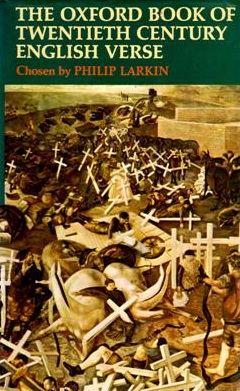
The Oxford Book of Twentieth Century English Verse is a poetry anthology edited by Philip Larkin. It was published in 1973 by Oxford University Press with ISBN 0-19-812137-7. Larkin writes in the short preface that the selection is wide rather than deep; and also notes that for the post-1914 period it is more a collection of poems, than of poets. The remit was limited by him to poets with a period of residence in the British Isles. Larkin's generous selection of Thomas Hardy's poems has been noted for its influence on Hardy's later reputation. On the other hand, he was criticized, notably by Donald Davie, for his inclusion of "pop" poets such as Brian Patten. The volume contains works by 207 poets.
William "Bill" Everson, also known as Brother Antoninus, was an American poet, literary critic, teacher and small press printer. He was a member of the San Francisco Renaissance.
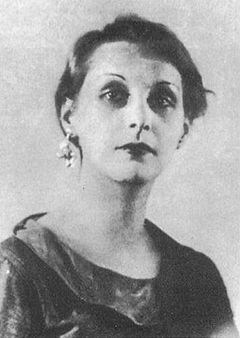
June Miller was the second wife of novelist Henry Miller. He wrote prolifically about her and their relationship in his books, usually using the pseudonyms Mona or Mara interchangeably. She also appears prominently in the early diaries of Anaïs Nin.
Bernard Harden Porter was an American artist, writer, publisher, performer, and physicist. He was a representative of the avant-garde art movements Mail Art and Found Poetry.
The Shelley Memorial Award of the Poetry Society of America, was established by the will of Mary P. Sears, and named after the poet Percy Bysshe Shelley. The prize is given to a living American poet selected with reference to genius and need, and is currently worth (2014) between $6,000 and $9,000. The selection is made by a jury of three poets: one each appointed by the presidents of Radcliffe and Berkeley, and the third by the Board of Governors of the Society.
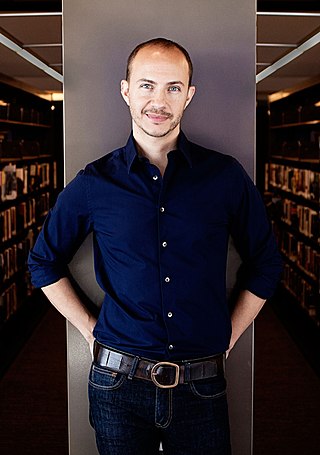
Steven Reigns is an American poet, artist and activist known for his poetry publications, his work as West Hollywood's first City Poet, his participatory art projects, his LGBT activism, and his scholarly work on Anaïs Nin.
Gangrel was a short-lived quarterly literary magazine published in the United Kingdom. It was edited by J. B. Pick and Charles Neill.
Richard Lowell Blevins is a poet writing in the tradition of Ezra Pound, H.D., and Robert Duncan, an editor of the Charles Olson-Robert Creeley correspondence, and an award-winning teacher. He was born in Wadsworth, Ohio, in 1950. His undergraduate career was halved by the May 4, 1970, Kent State shootings. He was declared a conscientious objector during the Vietnam War. At Kent State, he studied poetry and the imagination with Duncan and literature of the American West with Edward Dorn. But he has often said that Cleveland book dealer James Lowell was his most formative early influence. He holds degrees from Kent State University, the University of Oregon, and the University of Pittsburgh (Ph.D., English literature, 1985; dissertation on the western novels of Will Henry. He has taught literature and poetry writing at the University of Pittsburgh at Greensburg since 1978, also serving as Humanities Chair for nine years. He is a winner of a Chancellor’s Award, in 1999, the university’s highest recognition for teaching. He previously taught at the University of Akron and Kent State.
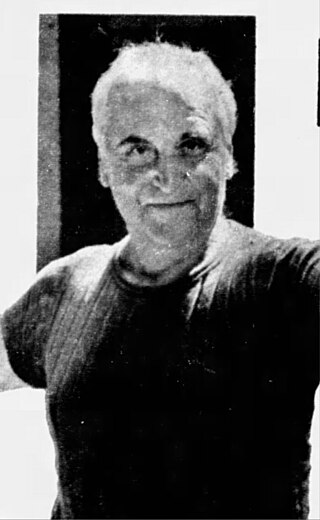
Jean "Yanko"Varda was a Turkish-born American artist, best known for his collage work. Varda was one of the early adopters of the Sausalito houseboat lifestyle that was popular in the 1960s–1970s. He was the subject of the short documentary, Uncle Yanco (1967), made by his cousin, Agnès Varda.

Richard O. Moore was an American poet associated with Kenneth Rexroth and the San Francisco Renaissance.
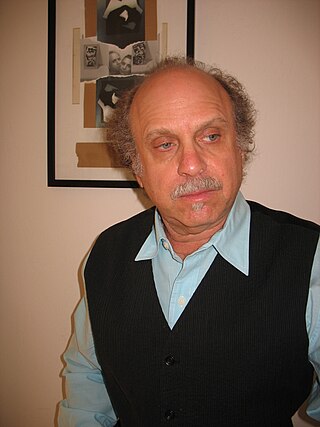
Doren Robbins is a contemporary American poet, prose poet, fiction writer, essayist, mixed media artist, and educator. As a cultural activist, he has organized and developed projects for Amnesty International, the Salvadoran Medical Relief Fund, the Romero Relief Fund, and poetsagainstthewar.org. Robbins has lived most of his life in California and Oregon.

George Thurston Leite was an American author, poet, publisher, bookstore, gallery, and native plants nursery owner active in California's San Francisco Bay Area starting in the 1940s. Born to a Portuguese-American family in Providence, Rhode Island in 1920, he was raised in San Leandro, California, a Bay Area city which was then a Portuguese enclave. He died in 1985 in Walnut Creek, California.
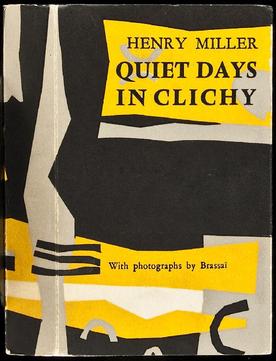
Quiet Days in Clichy is a novella written by Henry Miller. It is based on his experience as a Parisian expatriate in the early 1930s, when he and Alfred Perlès shared a small apartment in suburban Clichy as struggling writers. It takes place around the time Miller was writing Black Spring. According to his photographer friend George Brassaï, Miller admitted the title is “completely misleading.”
The following is a bibliography of Henry Miller by category.






















